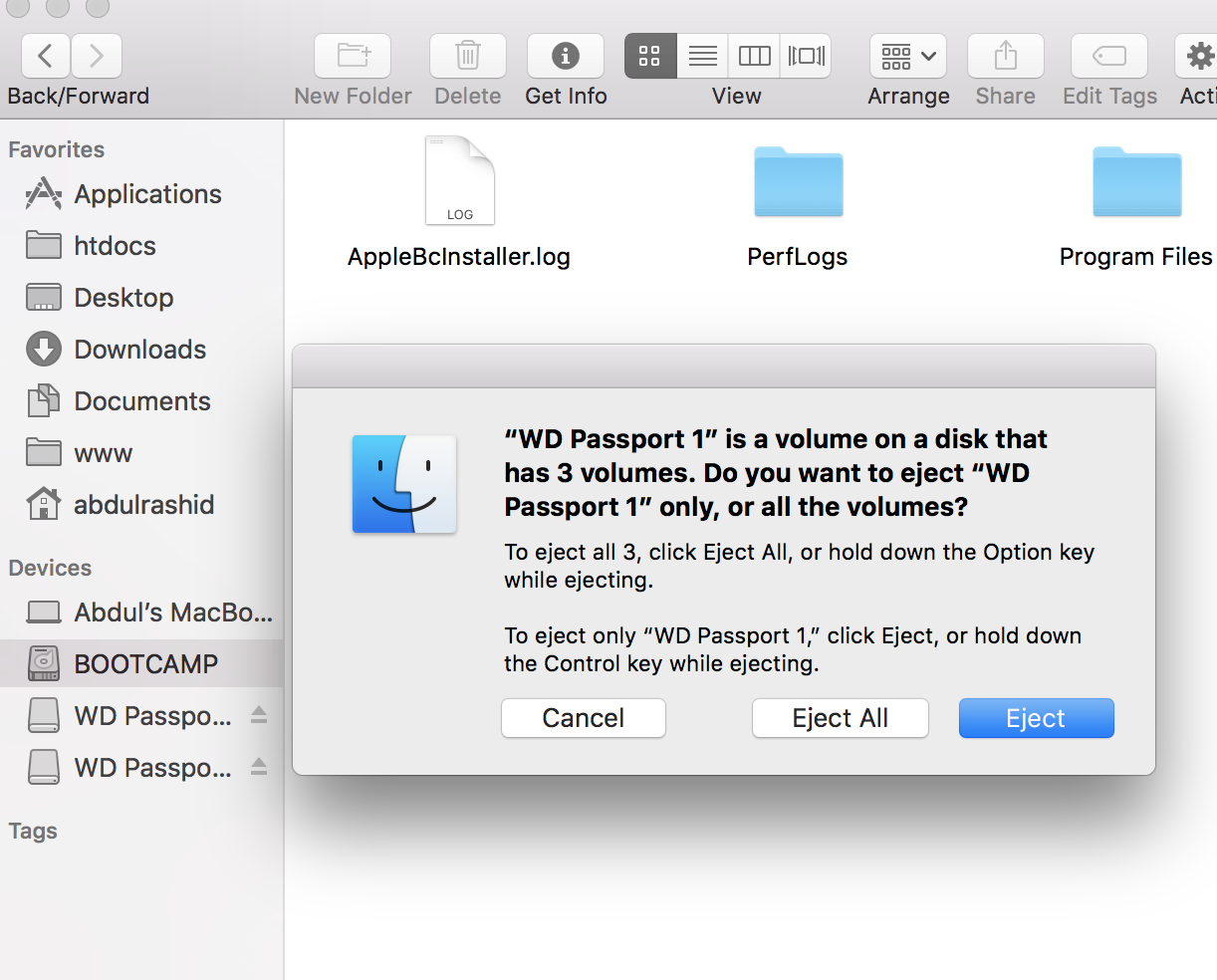
Here are two lines from my /etc/fstab working UUID=EEA2B69CA2B668AB /WIN_C ntfs-3g defaults,nls=utf8,umask=000,dmask=027,fmask=137,uid=1000,gid=1000,windows_names 0 0 This sets you as the owner of the drive, and sets the permissions to drwxr-x. These values are both usually 1000.Ī common set of mount options for ntfs is uid=1000,gid=1000,dmask=027,fmask=137. You can find your UID with the command id -u. To set the owner, use the uid and gid options for user and group, respectively. For example, rwx for the owner and rx for others is 022 rather than 755. Since these options set masks, they should be the complement of the permissions you want.

dmask controls permissions for directories, fmask controls permissions for files, and umask controls both. You can also view the Volumes directory in Column mode to reveal it as a parent directory, from which you can create an alias instead of doing so on a per-drive basis.Permissions for ntfs and vfat file systems must be set with the dmask, fmask and umask options. If you need to access this volume more frequently, you can drag it to the sidebar, or make an alias of it in the location of your choice. In the folder that opens, you should see the mounted NTFS volume, and should now be able to copy files to it, or otherwise manage files on it. When you do so, the system will no longer immediately show it in the Finder, but you can go back to the Terminal and run the following command to reveal it in the hidden Volumes directory where the system mounts all attached drives:

When finished, press Control-O to save the file, followed by Control-X to exit, and then unmount your NTFS drive and attach it again. Be sure to change the word NAME to the name of your drive (it is case-sensitive): The Terminal should now show an editor window for the fstab file, in which you can enter the following all on one line. Enter this line into the fstab file, changing the label "NAME" to match that of your drive.


 0 kommentar(er)
0 kommentar(er)
